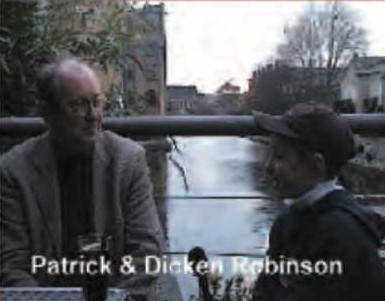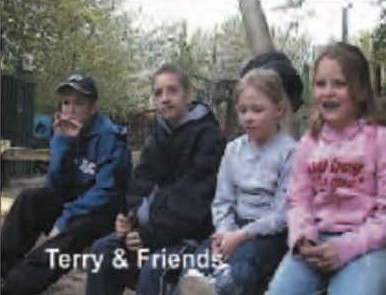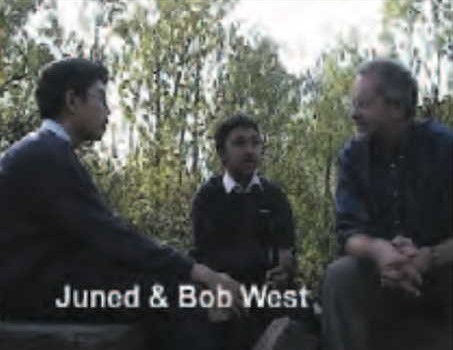WHO
The activity was initiated by participation consultants Fluid, employed by Argent to facilitate a local panel in the definition of preferred engagement approaches.
Participants included students and staff from local schools and Youth Groups, including 200 young people from 4 schools and 3 youth groups/clubs in Camden and Islington. These included Blessed Sacrament RC Primary School, St Mary and St Pancras RC Primary, Winton Primary School, South Camden Community School (Secondary), Blessed Sacrament Youth Club, Crumbles Castle Adventure Playground, Thornhill Square Youth Club, KCB (King’s Cross Brunswick Youth Club) and Somers Town Youth Club.
Interviewees included representatives from the developer Argent, landowners LCR, and from Channel Tunnel Rail Link.
WHAT
As part of public engagement around the Kings Cross regeneration project, a citizen filmmaking project was one of the activities proposed by a panel of local residents, community groups, businesses and other stakeholders, who came together, facilitated by participation consultant’s, Fluid, to define the ways in which the community wished to be engaged to share their concerns, priorities and goals for redevelopment.
The film project was delivered with young people from local schools and youth clubs who lived in the local area and would be affected by the regeneration project. The film was shot in locations that were important to them. In the film they discussed issues such as: where young people hang out and why; youth crime and vandalism; racism; young people’s hopes for the future.
The young filmmakers were supported to interview key stakeholders within the redevelopment, and discuss the issues that affect young people in King’s Cross in the present and future. Before the interviews, the young filmmakers were briefed about the role of the stakeholder they were going to interview and the interviewees' relationship to the Kings Cross regeneration and questions were suggested for the young people to ask. The usual hierarchy of interviewer and interviewee was reversed: the young people became the interviewers, asking questions of those involved with the regeneration project. Questions centred around what the interviewee was doing with their power and position to benefit young people, and integrate the Kings Cross Central development with the deprived communities surrounding it.
The film produced was shown at open days, schools workshops, events and exhibitions and was a useful tool for engaging and informing other young people and adults, and raising discussion around issues that were important to them.
HOW
There are three aspects to the filmmaking project: outreach, the process of making the film, and showing the film.
1. Outreach
The young people who participated in the filmmaking were selected from local schools and youth clubs during the workshops and also through informal outreach. Young people who came across as bright, opinionated and reliable were selected. Initially 10 were chosen, but some became hard to reach and were sadly not involved in the filming.
Interviews with key stakeholders in the regeneration of King’s Cross were conducted by young people from the area (see examples below). The interviewees were contacted and coordinated by Fluid. More than half of those contacted responded positively
2. Making
Each interview with a young person was conducted in a location that was important to the young interviewee. From this starting point the young interviewee took the filmmakers on a walk through their everyday hang-outs; from parks and underground garages, to the canal and the British Library. Some of the main topics covered in conversations were:
Where young people hang out and why?
Youth crime and vandalism (particularly Moped crime). Who does it and why?
Racism;
Hopes for the future
The informal conversations that took place during the filming provided valuable insights into the lives, habits and values of young people. They revealed a great deal about the issues that affected them directly or indirectly, such as drugs and vandalism. Other issues were more particular to individuals including racial conflicts, the value of teacher support and peer pressure.
3. Showing
The film was shown at two open days: on 1st June 2002 at a public open day in the Kings Cross Goods yard and at the Somerstown Festival in Chalton Street on 6 July 2002. At both events the showing of the film acted as an attractor, with much of the enjoyment coming from the viewers recognising friends and fellow school pupils.
Young spectators enjoyed identifying local people and places they knew, and squealed particularly loudly when some of them recognised a boy they knew on the film who was furtively looking through a large wallet outside Kings Cross Station. Those who were in the film seemed slightly embarrassed at standing out from the crowd, as they got a bit of teasing from their peers.


